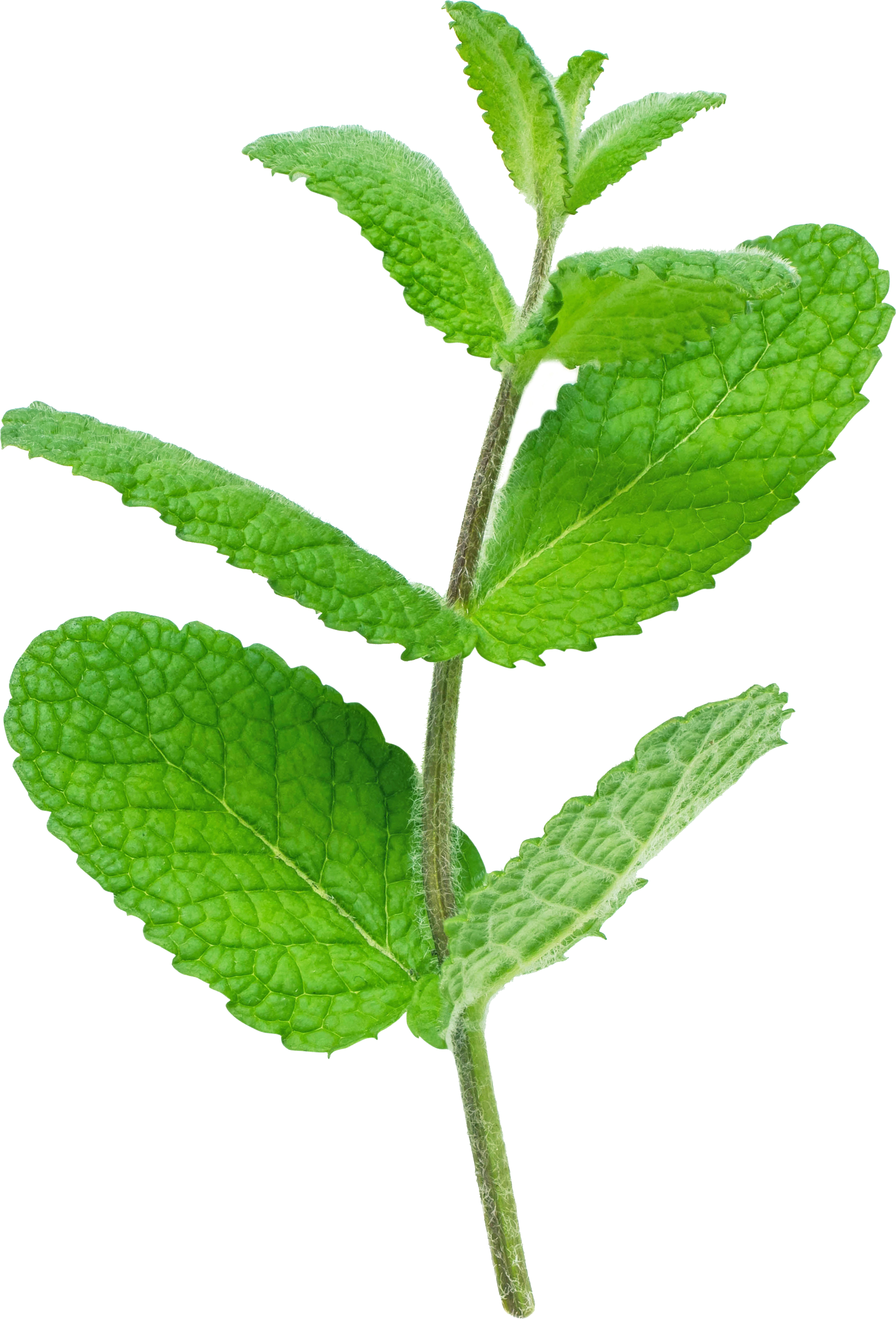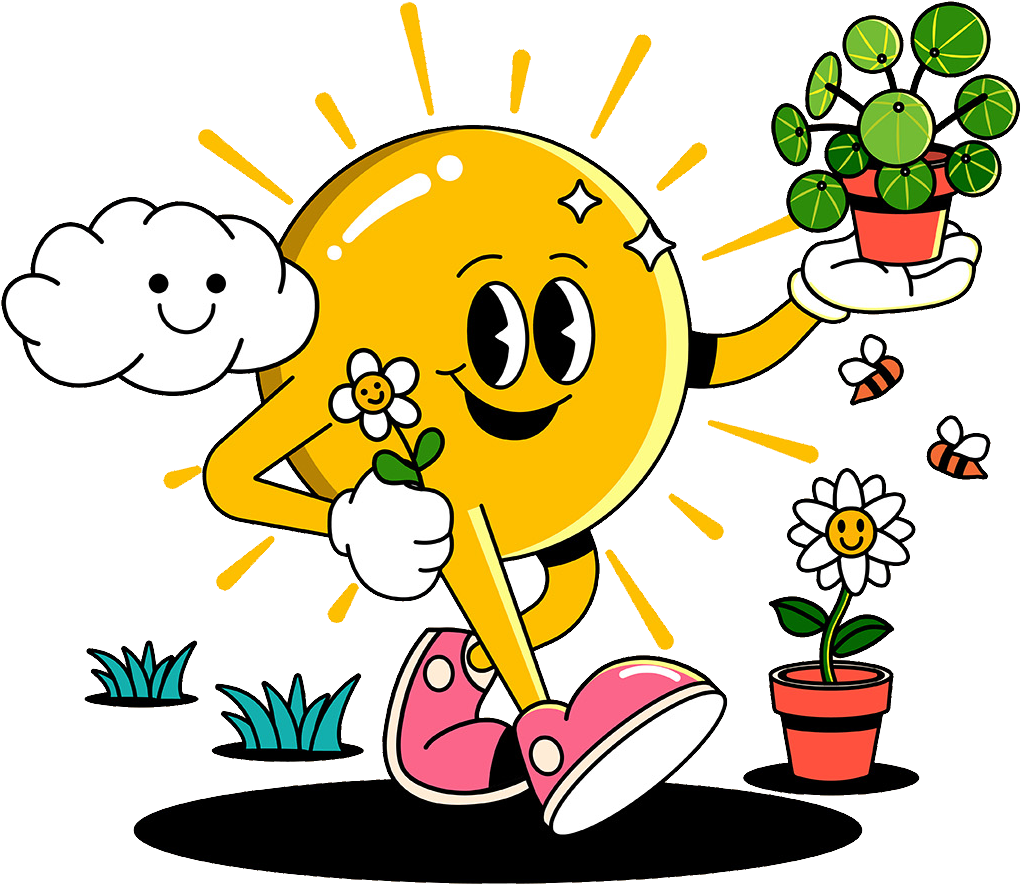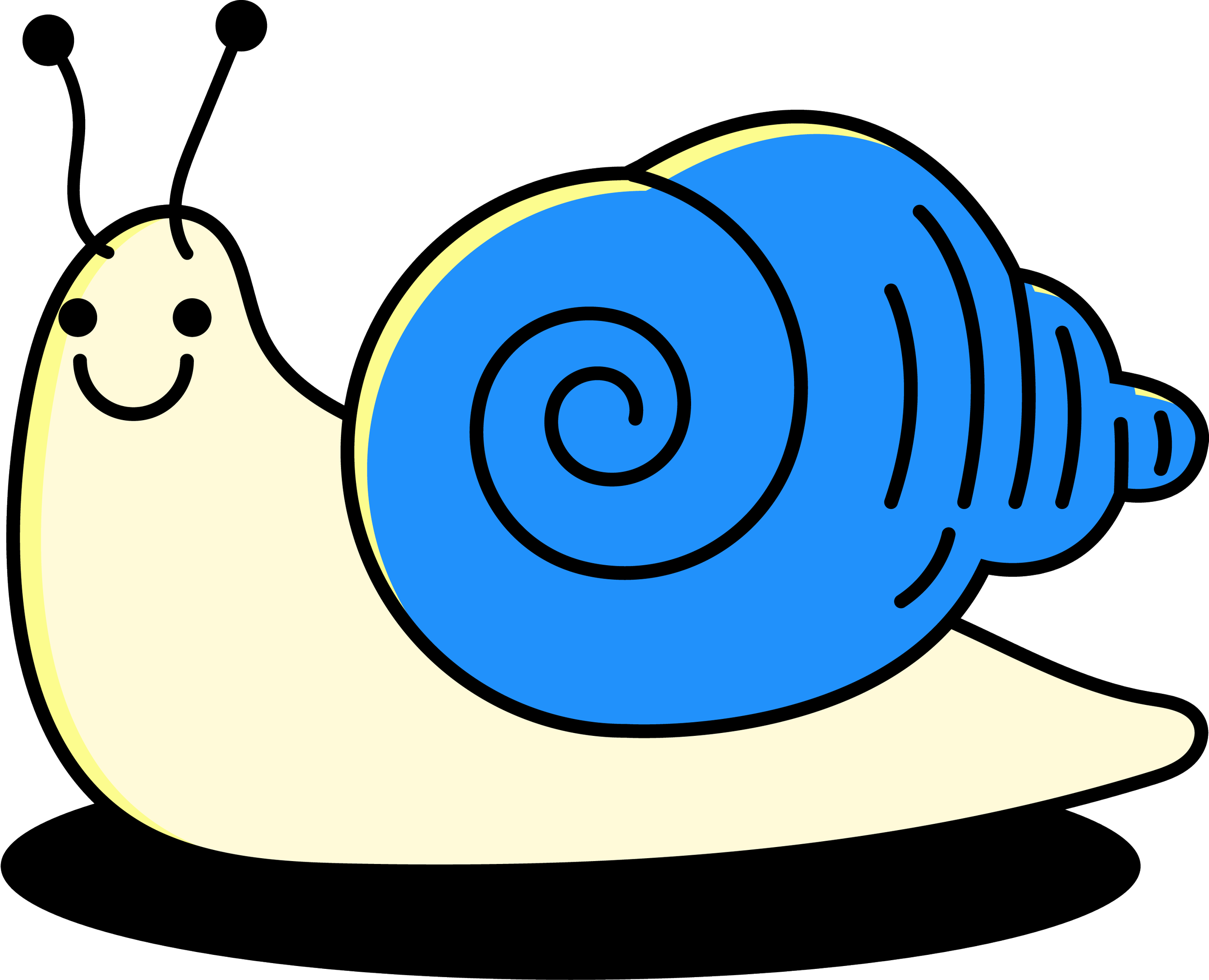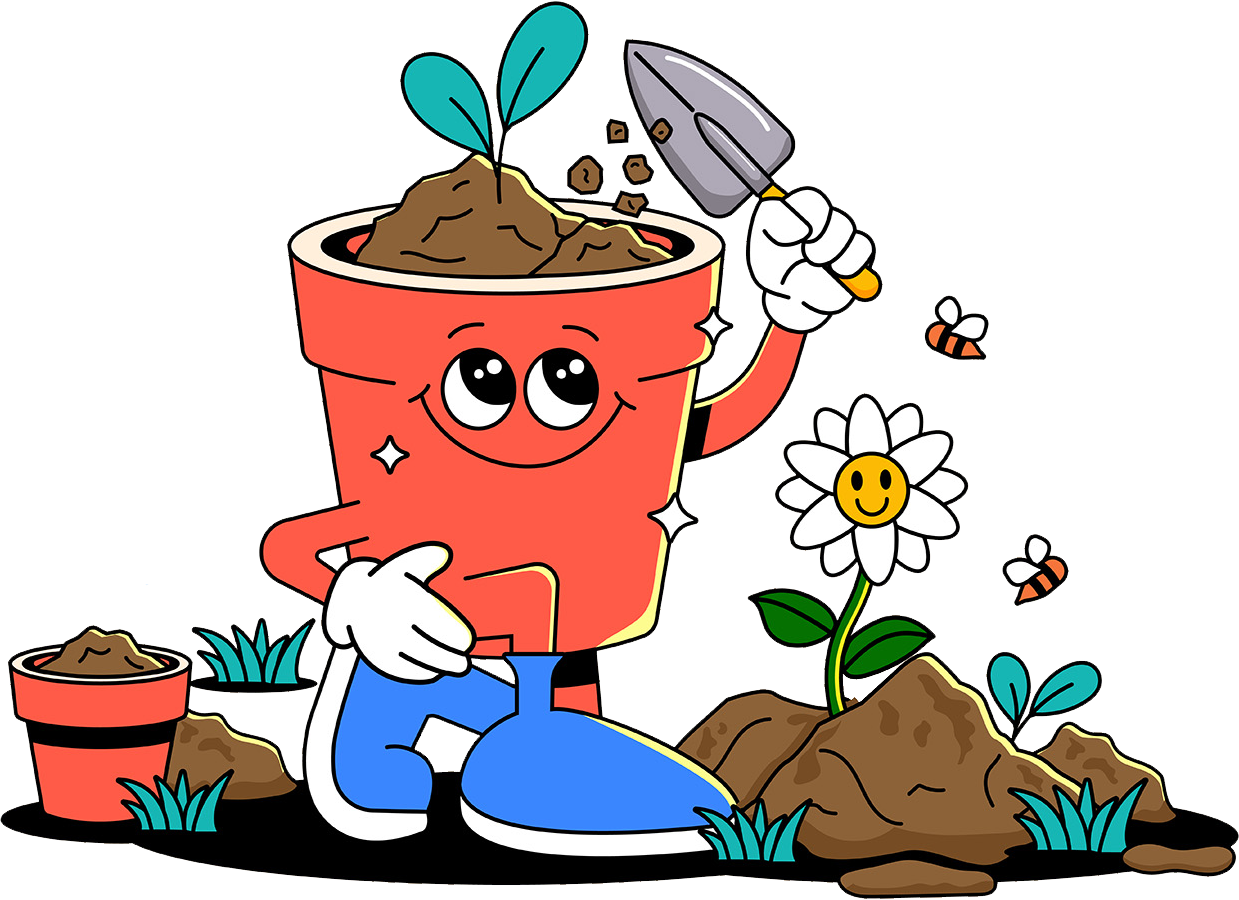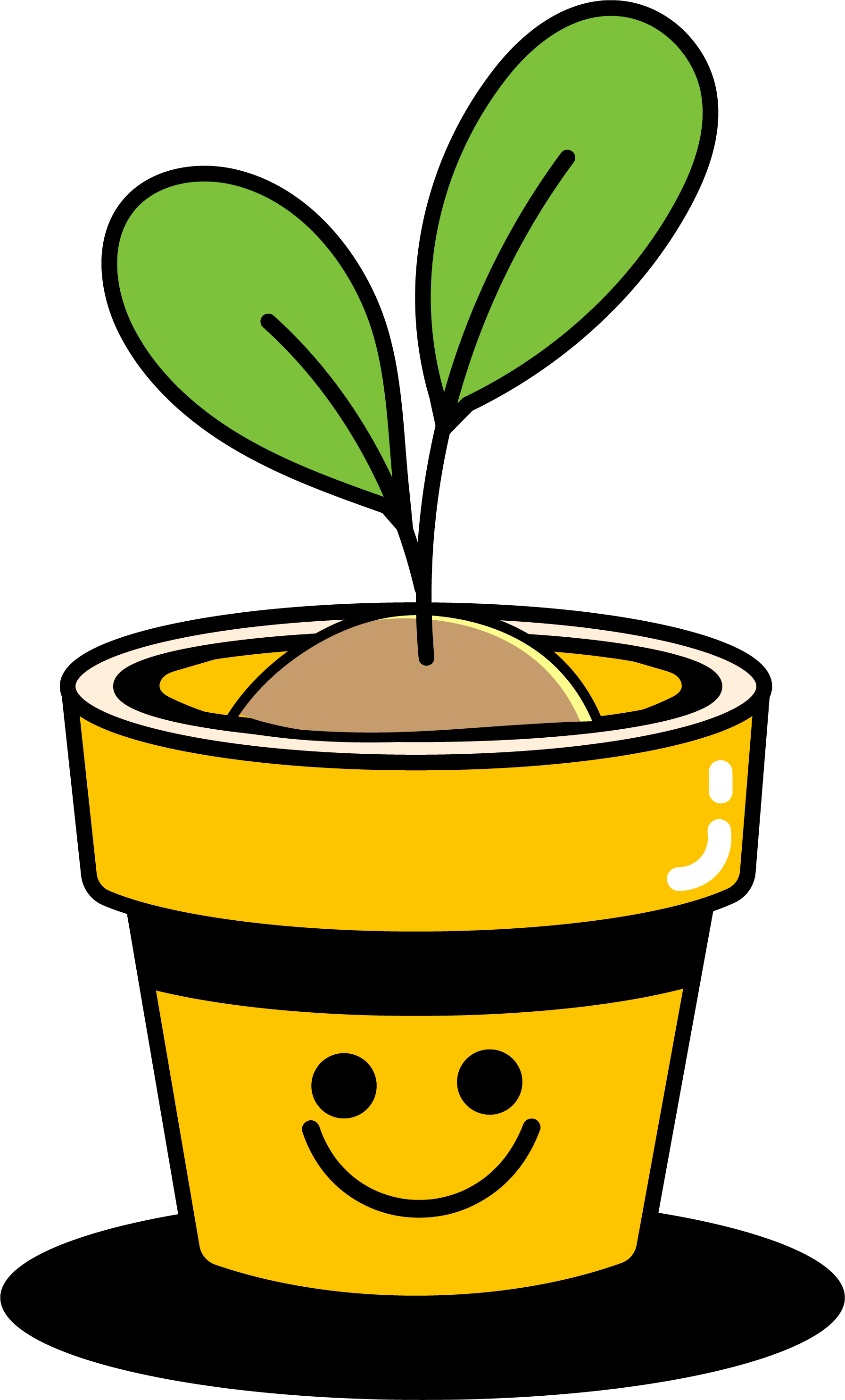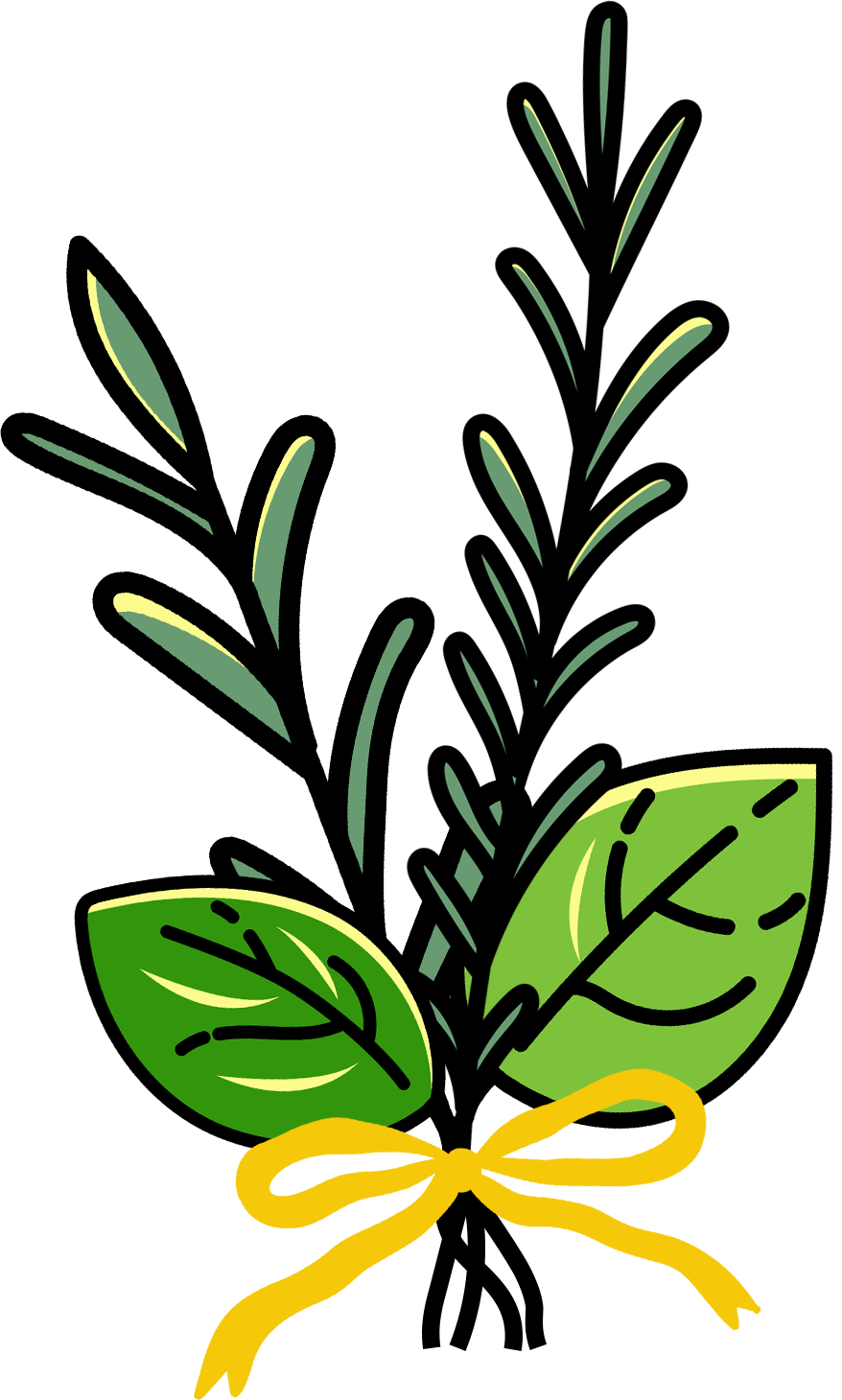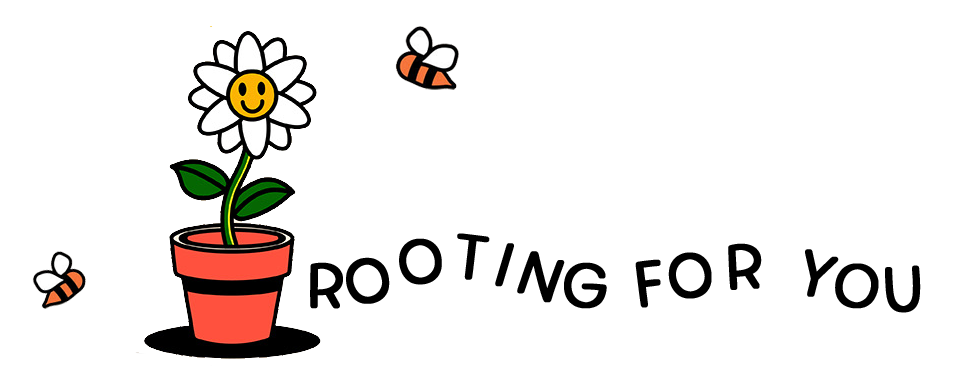partial to full Sun
4 to 6 hours of direct sunlight daily
☁︎ Needs some afternoon shade ☁︎
Mint loves soaking up the sun, but its leaves can burn in hotter climates. Aim for bright morning sun, and some shade in the afternoon.
Although it can survive in dimmer areas, it will not thrive. If you start to notice leggy stems, it may be time to relocate.
Keep Soil moist
Keep this plant consistently moist
Mint is a total damp soil lover! The key is to make sure is remains moist, and not soggy. Allow the top inch to dry before you water.
Mint can typically dry out or wilt fast, so you may find yourself watering daily.
Mint does well in moderate to high humidity.
Indoor humidity levels are just fine for mint. However, to create its ideal environment, consider using a humidifier or pebble tray for a boost!
To mist or not to mist? Before you reach for the spray bottle, read The Misting Myth.
soil needs
Mint digs a rich, well-draining mix that holds moisture without getting soggy.
When choosing a potting mix for mint, look for mixes that include:
ᯓ Coco Coir ᯓ
Helps retain moisture without creating a swampy environment.
ᯓ Perlite ᯓ
Improves drainage and prevents waterlogging.
ᯓ Compost ᯓ
Adds nutrients and holds onto moisture.
Harvesting
You can start harvesting your mint when it is about 4 to 6 inches tall.
It is important to trim mint regularly, even if you don’t need to use it right away. This keeps the plant full and bushy. You can always freeze it, dry it or throw into your water if you want to minimize waste.
⊹ Use Clean Scissors or Fingers ⊹
Always use sanitized scissors or pinch off stems with clean hands to prevent spreading germs.
⊹ Identify the Pruning Spot ⊹
To find the perfect cutting spot: follow the stem down to where it meets a pair of leaves.
Snip just above the pair of leaves, this will encourage new growth! Mint typically sends out two new stems from that cutting spot.
Make sure to leave some growth behind so the herb has energy to bounce back.
⊹ Remove Flower Buds ⊹
Harsh heat + dry conditions = bolting mint.
Snip away flowers and flowering stems to redirect energy to mint leaves. You can leave the flowers for pollinators, but you may notice a weakened mint flavor.
Common Issues
-
A possible sign of underwatering or nutrient deficiency.
Make sure to not let the soil stay dry for too long. Mint loves moisture!
If you’ve been watering regularly, the yellowing could signal it needs a nutrient boost. Try mixing in compost or a gentle fertilizer.
-
Often due to underwatering or heat stress.
Remember, mint is a bit needy when it comes to water. It wants to stay consistently moist, especially in hotter weather.
Brown tips do not heal! Feel free to snip away the brown edges and use the healthy bits, or remove damaged leaves altogether.
-
A sign of not enough sunlight.
If you notice your mint is looking leggy or leaning, try moving it to a sunnier spot.
Also, make sure to regularly prune! This encourages fuller, bushier growth.
-
Usually a sign of going unpruned for too long.
Mint naturally gets woody at the base over time, but if you’ve gone long periods of not pruning, it can get abnormally woody.
This can lead to slower regrowth, fewer fresh leaves and a weakened plant overall.
Make sure to prune regularly. And if it is already woody, you’ll need to trim it down quite a bit. Leave about 2 to 3 inches of growth. Fresh, green stems should emerge after a hard prune.
-
Is mint invading your entire garden? The only way out of this one is to dig!
Dig deep and wide - the roots spread down AND sideways. You need to make sure to get every piece of mint root. If even one is left behind, it can grow back.
Sift through the dirt and repeat.
Water the area and check back for new mint sprouts. Pull those out too if you are desperate to eradicate your mint invasion.
To avoid this altogether, keep your mint herb contained in a pot!
-
A sign of a fungal problem, also known as “mint rust”.
Remove the affected leaves. Mint grows like a weed, so if you need to cut back a bunch, don’t worry! It should bounce back without issue.
Prevent fungal issues by cutting back on humidity or provide better air circulation.
Sometimes issues can be the result of a pest infestation. Make sure to watch out for these creepy crawlers:
𖢥 Aphids
Not Pet Safe
Mint can be toxic to pets if ingested. If you have pets, keep this herb out of their reach.

